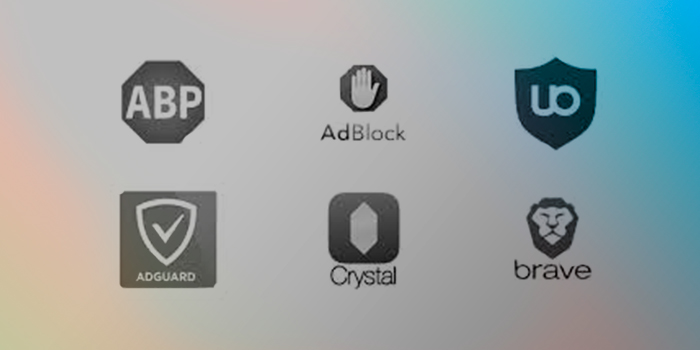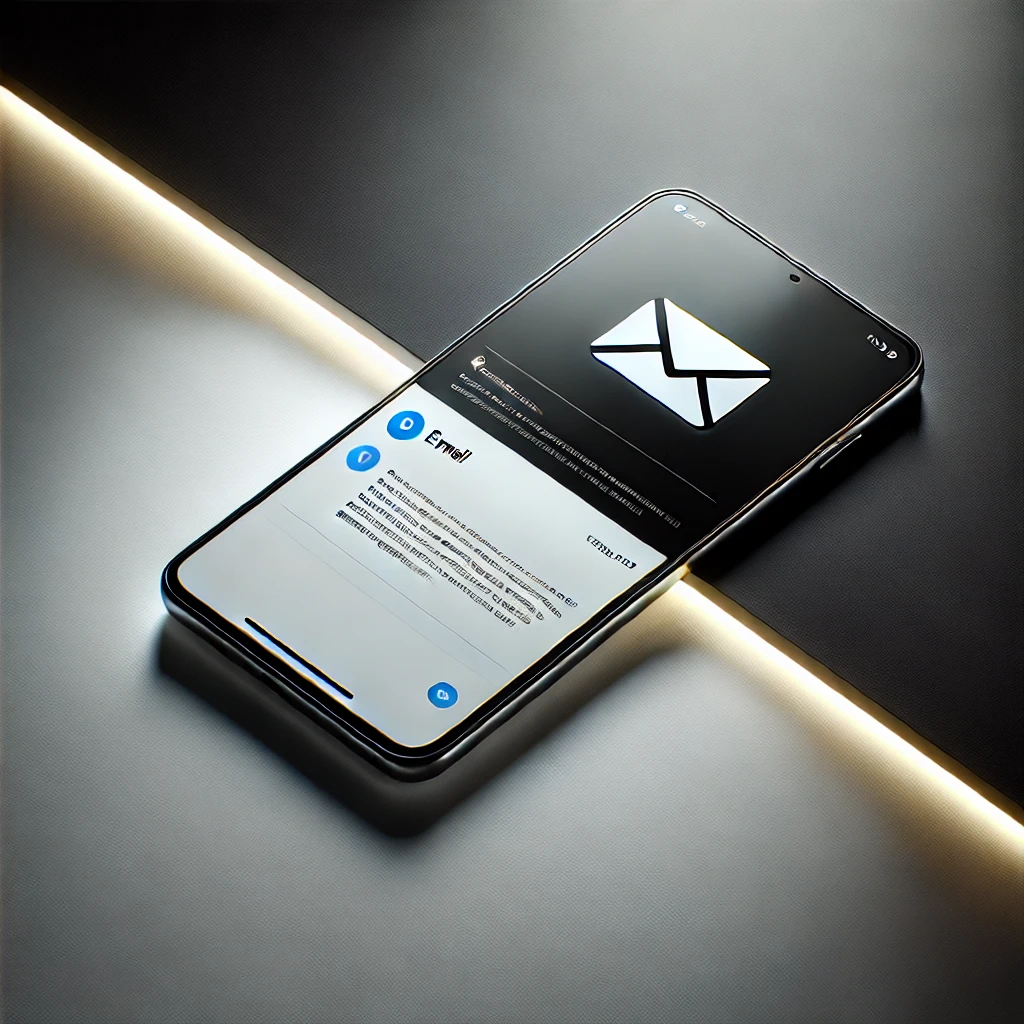As the Interactive Advertising Bureau (IAB) prepares to roll out a new set of IAB Standard Banner and Ad Guidelines for 2017, the online advertising industry is in turmoil.
Ad blockers are growing in popularity, even as compelling new interactive ad formats roll out.
Optimizing cross screen experiences in a cost-effective manner has become a necessity as the variety of available devices and screen sizes continues to expand.
While big brands are experimenting with moving their advertising in-house, digital advertising and marketing teams are scrambling to grab (and keep) their audiences’ attention.
The draft IAB Standard Banner and Ad guidelines, scheduled for release later this year, give us a glimpse into how the online advertising world has changed since the last guidelines update in 2015.
They also show digital advertisers and marketers how they can be part of building a better online advertising experience for consumers.
The rise of ad blockers
In 2016, an estimated 69.8 million Americans used ad blockers (a 34.4% increase from 2015). That number is expected to rise to 86.6 million people in 2017.
Why are ad blockers surging in popularity? A survey by HubSpot showed consumers are turned off by intrusive, disruptive and irrelevant ads. Pop-up ads and auto-playing video ads are two of the worst offenders, per survey respondents. And ads that bog down page loading speed or present security concerns have paved the way for an online world patrolled by ad blockers.
How to create a better user experience
The IAB’s solution to ad blockers?
Create a better user experience, using the IAB Standard Banner and Ad Guidelines.
1. Prepare for the death of pop-ups
The verdict is in: people hate pop-ups. They especially hate pop-ups they can’t close out of quickly and easily. Why? Pop-ups interfere with audience’s ability to control the content they consume. They’re intrusive. And they’re one of the top reasons listed in support of installing ad blockers.
That may be why the draft IAB Standard Banner and Ad Guidelines proposed delisting pop-up ads entirely.
Will the decision make the final cut of the 2017 guidelines? We’ll find out. But advertisers should take notice. We suspect pop-up ads will soon go the way of Flash-based ads.
2. Design for cross screen experiences
Cross screen experiences and multi-channel marketing are providing brands with impressive results. A study by the IAB showed a 211 percent lift in brand awareness for one auto manufacturer, thanks to a campaign that combined desktop, mobile and TV advertising.
The draft IAB Standard Banner and Ad Guidelines show an understanding of the dilemma facing advertisers: how to provide a seamless, cross screen experience to consumers, despite the proliferation of different sized screens and devices to market to.
The guidelines include recommendations for new ad formats (think 360 ads, virtual reality, augmented reality and emoji ads) and new IAB standard banner sizes (aspect ratio instead of fixed pixel size).
The goal: enable advertisers and marketers a streamlined, cost-effective option for reaching their audience on multiple devices.
3. Stay relevant and add value
Imagine this: you’re scrolling through a piece on baby pandas. Suddenly, an ad for adult diapers takes over your screen. After an irritated search for the ‘close’ button, you make a mental note of the brand and vow to boycott them for eternity.
This experience, and thousands of others like it, are highlighting the true reason behind ad blocker adoption:
Consumers aren’t anti-ad. They’re anti-bad ads. Bad ads are:
- Annoying
- Disruptive
- Irrelevant
How can you design good ads?
Start with the end-user in mind. What are their problems? How can the campaign you’re developing speak to those problems?
Opt for dynamic ‘smart’ ads whenever possible. That way, the next time someone is browsing through a story on baby pandas, the ad they come across is for a special deal on tickets to the zoo (or Kung Fu Panda 10).
4. Watch those load times
With all the new interactive ad possibilities (and the need to develop creative that’s optimized for cross screen experiences), it’s easy to end up with ads that slow page load speeds down to a crawl.
The problem?
Consumers want results fast. 40% of people will abandon a page that takes more than 3 seconds to load. If you’re launching bloated ad creative, you could be missing out on valuable impressions (and click throughs).
We’ve put together a few ideas to optimize your file size. The IAB Standard Banner and Ad Guidelines also offer helpful parameters for keeping creative files under control. (Keep in mind: these are the 2017 draft guidelines and subject to change.)
When in doubt, a digital production agency can help you develop ads that meet IAB Standard Banner Ad Guidelines and are optimized for cross screen experiences. Whether you need guidance on how to pick the perfect production partner or prefer to DIY your digital production, we’ve put together a useful guide on how to manage your HTML5 banner (and rich media ad) projects.
Now we’d love to hear from you! What do you think about the IAB’s draft guidelines for 2017? How will they help (or hold back) online advertising?







